
An aerial drone photo taken on April 26, 2025 shows the construction site of a museum at the Ngorongoro Lengai UNESCO (United Nations Educational, Scientific and Cultural Organization) Global Geopark in Arusha region, Tanzania. (Xinhua/Li Yahui)
by Xinhua writer Hua Hongli
DAR ES SALAAM, May 5 (Xinhua) -- At the rim of Tanzania's Ngorongoro Crater, mist still clings to the plains as herds of wildebeest and zebra roam below. From a newly built lookout platform, visitors from around the world now take in the sweeping view alongside signage in Swahili, English, and Chinese, a subtle but powerful sign of transformation.
The Ngorongoro Lengai UNESCO (United Nations Educational, Scientific and Cultural Organization) Global Geopark, once on the verge of losing its UNESCO status, is experiencing a revival through China's first foreign-aid geological park project.
The project was launched in June 2023 after the park received a yellow card warning from UNESCO in 2022. Problems centered on poor visitor infrastructure and inadequate scientific content.
The effort combines scientific support and upgraded infrastructure to restore the park's global standing while boosting conservation, education, and tourism. China responded by providing both technical assistance, through the Tianjin Center, China Geological Survey, and physical infrastructure, handled by the China Railway 25th Bureau Group.
"It was a new experience for everyone," said Xu Jiangbo, technical lead of the physical infrastructure project on site. "We had to work closely with our Tanzanian partners to solve logistical challenges, deal with the rainy season, and make every step count."
Much of the work has been completed, Xu noted, adding that a museum, designed as the landmark building of the geopark, is set to open in June this year, and digital displays, immersive storytelling, and scientific exhibits will introduce visitors to the evolution of the East African Rift Valley, the historical eruptive activity of Ol Doinyo Lengai volcano, and the Laetoli footprints.
The technical aid will be completed by November, featuring a geological heritage survey, museum exhibition design, and training of local staff.
Simon Moses, a 48-year-old local masonry technician, led a construction crew at the museum site. "I've learned so many new techniques. My Chinese supervisor explains everything clearly," he said.
Pride shone on his face as Moses gestured to the museum, which blends African tribal motifs with design inspirations from China's Temple of Heaven and Fujian Tulou residential architecture. The building also incorporates green technologies such as solar panels.
Further down the slope, Elisante Hando, a 31-year-old technician assistant, was installing lights in the museum. "I joined eight months ago and didn't know I would learn so much," he said. "Now, I know how to use new tools and techniques. I feel prepared for what comes after this project."
His words reflected a larger benefit -- capacity building for local youth. "This project is not just about building things; it's about building people," Elisante said.
Neema Mollel, 52, a hotel owner and former tour guide, saw more profound significance in the project. As a member of the Maasai community, she was grateful for how the project is preserving local heritage.
"Our traditions are tied to this land. Now tourists will not only see animals, but understand our stories," she said, adding that with better signage, roads, and visitor centers, tourists are staying longer, creating more business for local hotels and shops.
Kitoi Mbise, a geography teacher from Arusha, called the project a game-changer for education. "This park brings my classroom to life. When I teach about volcanoes or sustainable tourism, I can now point to a real place where it's happening."
Mbise said he will use the park to explain conservation, show how tourism can lift economies, and introduce students to fields like environmental science and digital mapping.
For Anna Keller, a 65-year-old German tourist, the changes are noticeable. "The facilities are clean, the signage is clear, and the culture is presented with respect. It makes the experience richer, not just more convenient," she said while touring the area with her husband.
Sun Kai, deputy director of the Southern Africa Geoscience Cooperation Center of the Tianjin Center, China Geological Survey, expressed his belief that the project is more than just aid.
"It is a contribution of Chinese expertise to the global protection of geological heritage. And it shows what meaningful cooperation can look like," he said.
As the peak travel season approaches, Ngorongoro Lengai Geopark is more prepared than ever. Its spectacular volcanoes, ancient footprints, and wandering wildlife now share the spotlight with new stories, stories of partnership, learning, and respect. ■
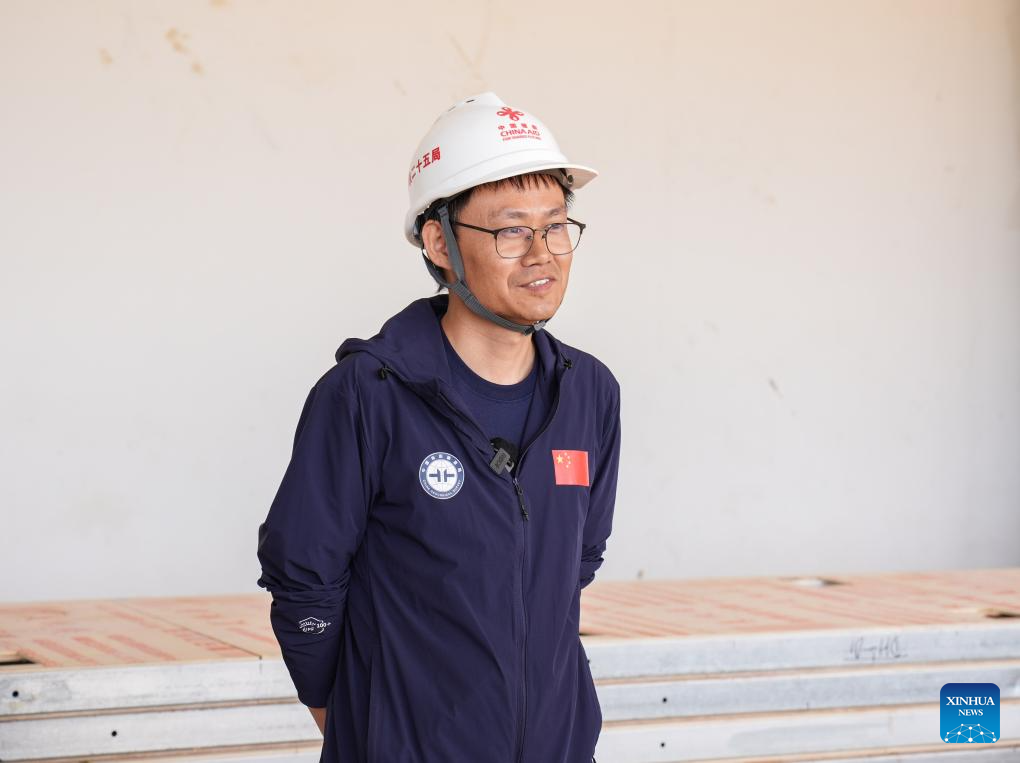
Sun Kai, deputy director of the Southern Africa Geoscience Cooperation Center of the Tianjin Center, China Geological Survey, receives an interview with Xinhua at the construction site of a museum at the Ngorongoro Lengai UNESCO (United Nations Educational, Scientific and Cultural Organization) Global Geopark in Arusha region, Tanzania, on April 26, 2025. (Xinhua/Li Yahui)
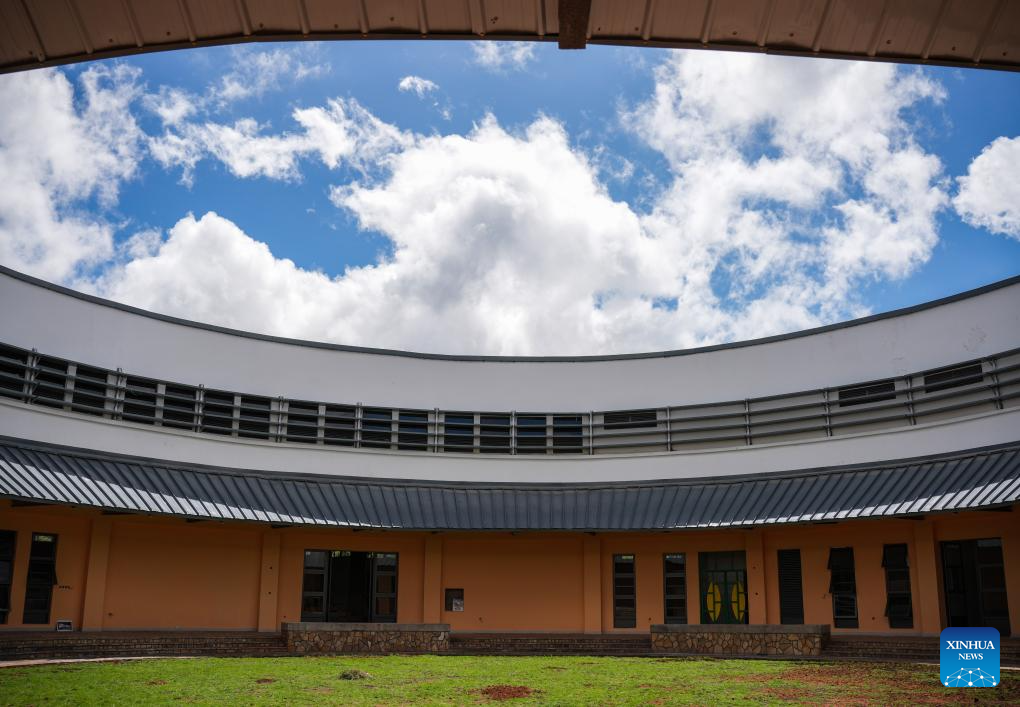
This photo taken on April 26, 2025 shows the construction site of a museum at the Ngorongoro Lengai UNESCO (United Nations Educational, Scientific and Cultural Organization) Global Geopark in Arusha region, Tanzania. (Xinhua/Li Yahui)
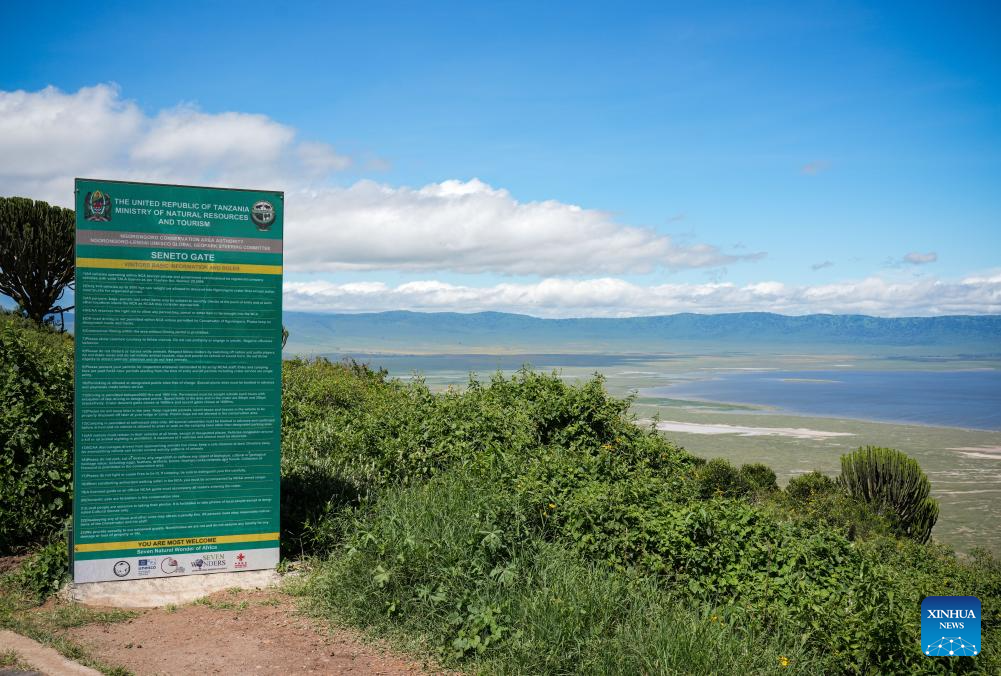
This photo taken on April 26, 2025 shows a Chinese-built multilingual sign at the Ngorongoro Lengai UNESCO (United Nations Educational, Scientific and Cultural Organization) Global Geopark in Arusha region, Tanzania. (Xinhua/Li Yahui)
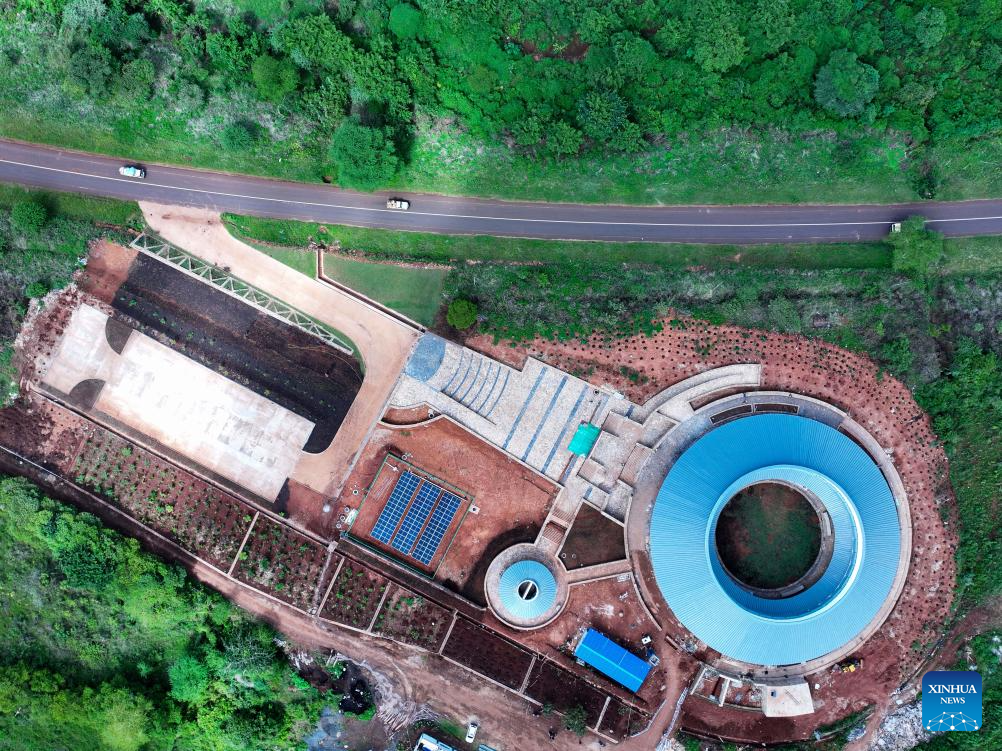
An aerial drone photo taken on April 26, 2025 shows the construction site of a museum at the Ngorongoro Lengai UNESCO (United Nations Educational, Scientific and Cultural Organization) Global Geopark in Arusha region, Tanzania. (Xinhua/Li Yahui)
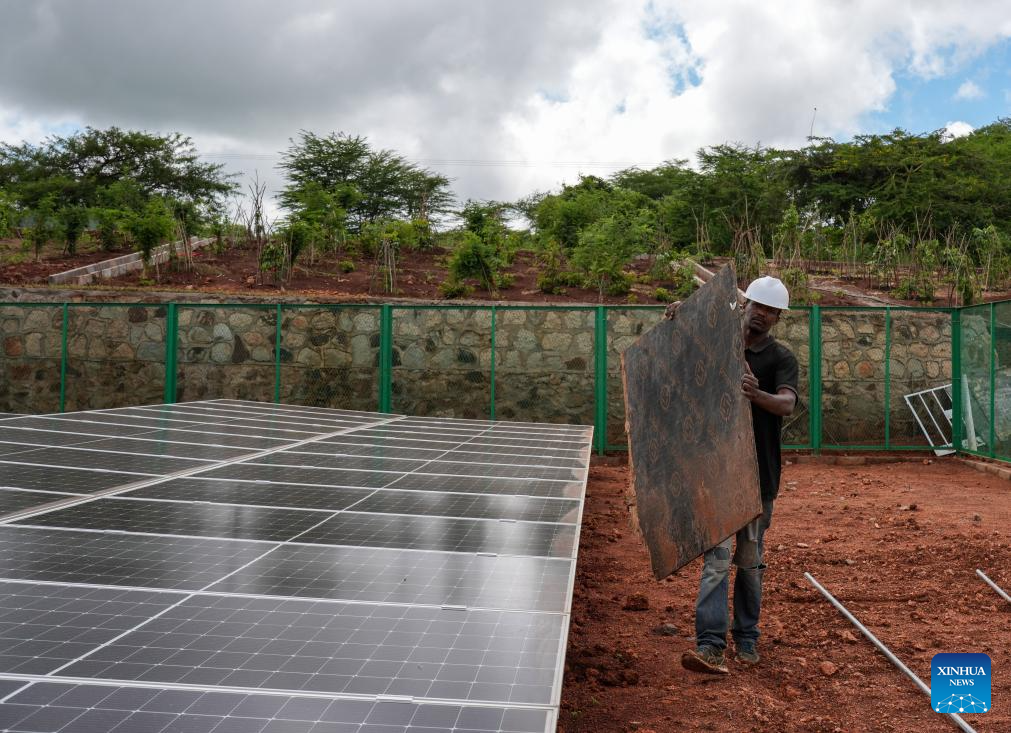
A worker works at the construction site of a museum at the Ngorongoro Lengai UNESCO (United Nations Educational, Scientific and Cultural Organization) Global Geopark in Arusha region, Tanzania, on April 26, 2025. (Xinhua/Li Yahui)
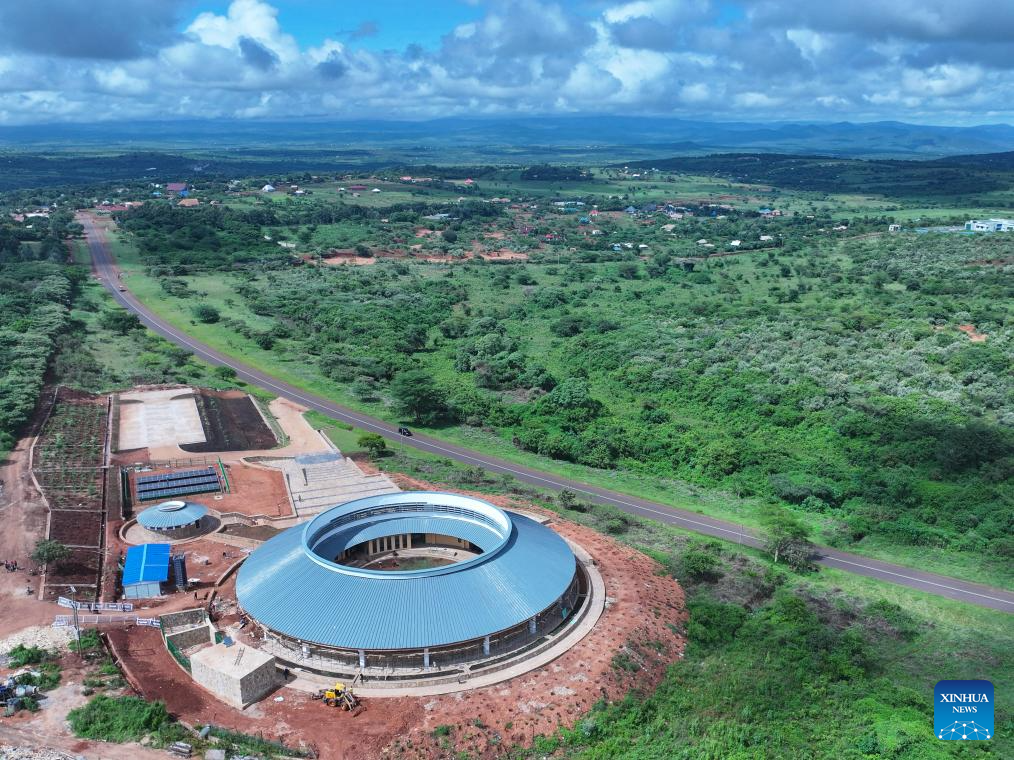
An aerial drone photo taken on April 26, 2025 shows the construction site of a museum at the Ngorongoro Lengai UNESCO (United Nations Educational, Scientific and Cultural Organization) Global Geopark in Arusha region, Tanzania. (Xinhua/Li Yahui)

Simon Moses, a 48-year-old local masonry technician, who leads a construction crew at the museum site, receives an interview with Xinhua at the construction site of a museum at the Ngorongoro Lengai UNESCO (United Nations Educational, Scientific and Cultural Organization) Global Geopark in Arusha region, Tanzania, on April 26, 2025.(Xinhua/Li Yahui)
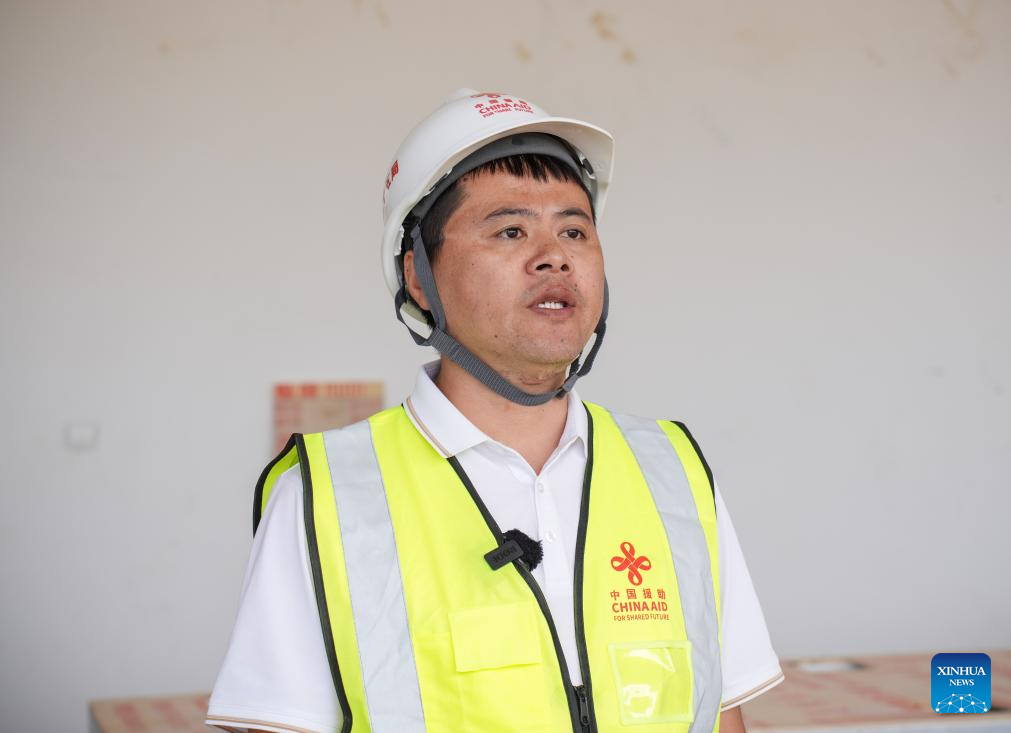
Xu Jiangbo, technical lead of the physical infrastructure project on site, receives an interview with Xinhua at the construction site of a museum at the Ngorongoro Lengai UNESCO (United Nations Educational, Scientific and Cultural Organization) Global Geopark in Arusha region, Tanzania, on April 26, 2025. (Xinhua/Li Yahui)
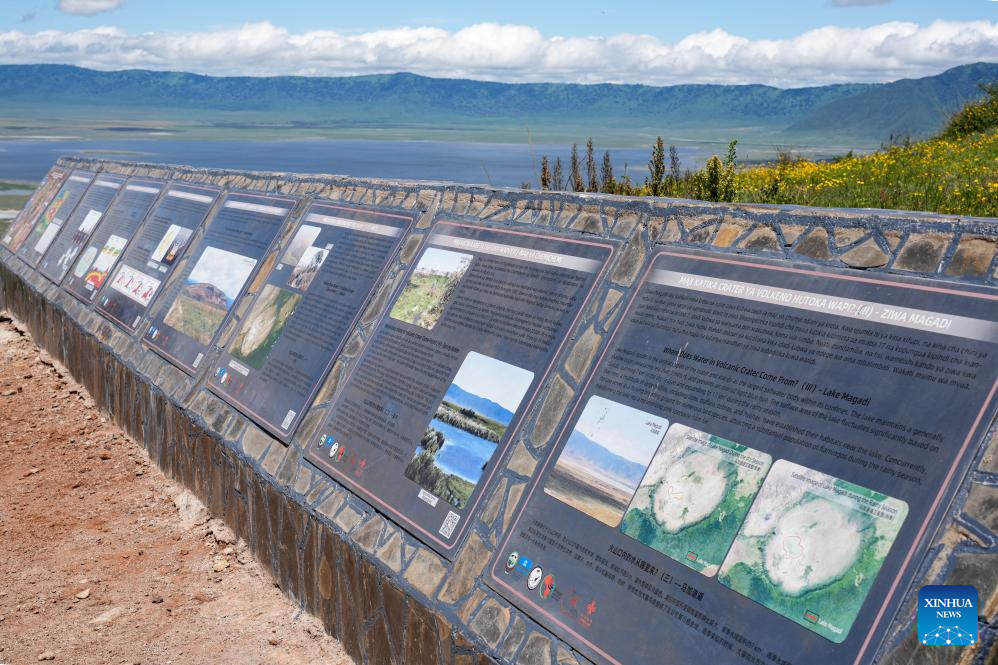
This photo taken on April 26, 2025 shows a Chinese-built multilingual sign at the Ngorongoro Lengai UNESCO (United Nations Educational, Scientific and Cultural Organization) Global Geopark in Arusha region, Tanzania. (Xinhua/Li Yahui)
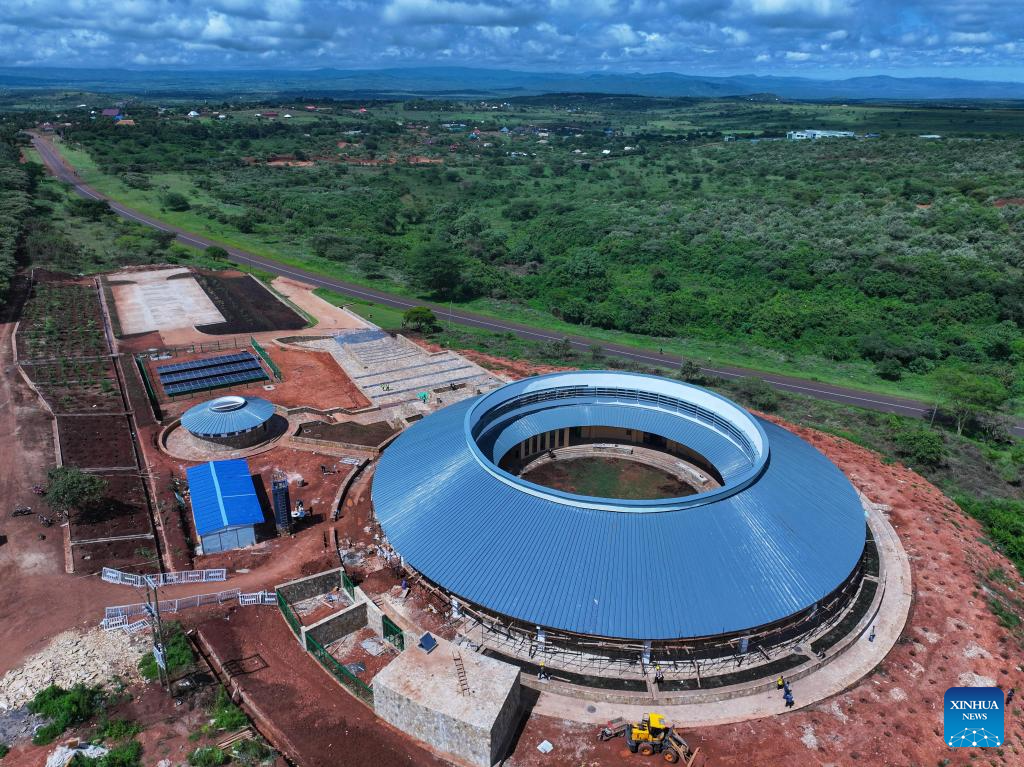
An aerial drone photo taken on April 26, 2025 shows the construction site of a museum at the Ngorongoro Lengai UNESCO (United Nations Educational, Scientific and Cultural Organization) Global Geopark in Arusha region, Tanzania. (Xinhua/Li Yahui)
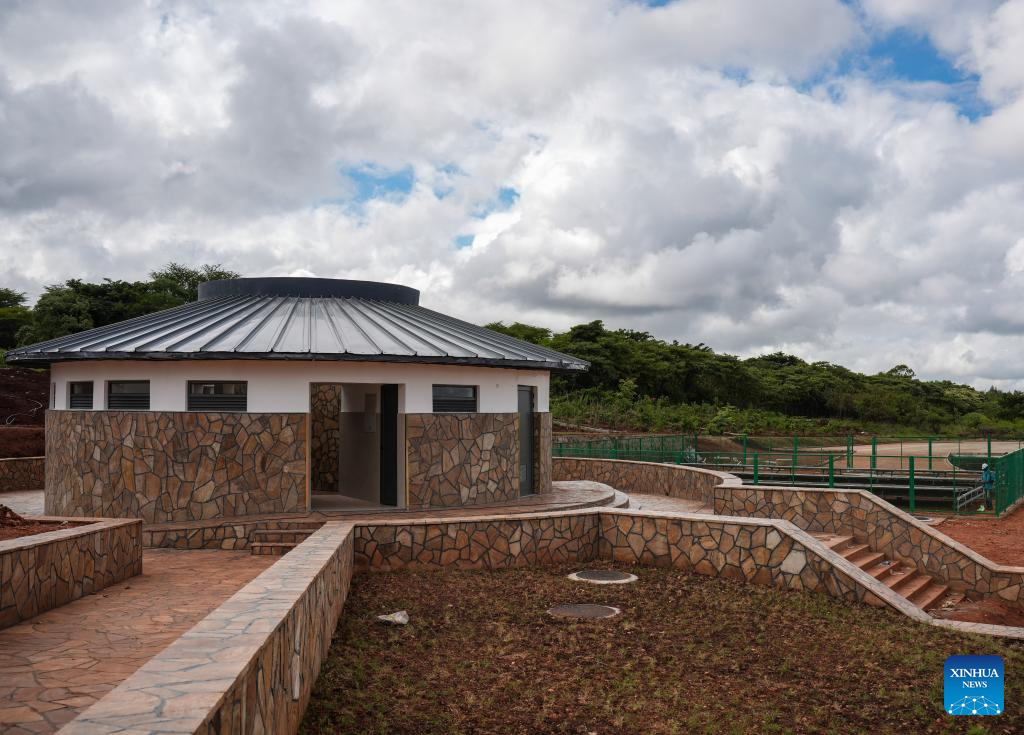
This photo taken on April 26, 2025 shows the construction site of a museum at the Ngorongoro Lengai UNESCO (United Nations Educational, Scientific and Cultural Organization) Global Geopark in Arusha region, Tanzania. (Xinhua/Li Yahui)
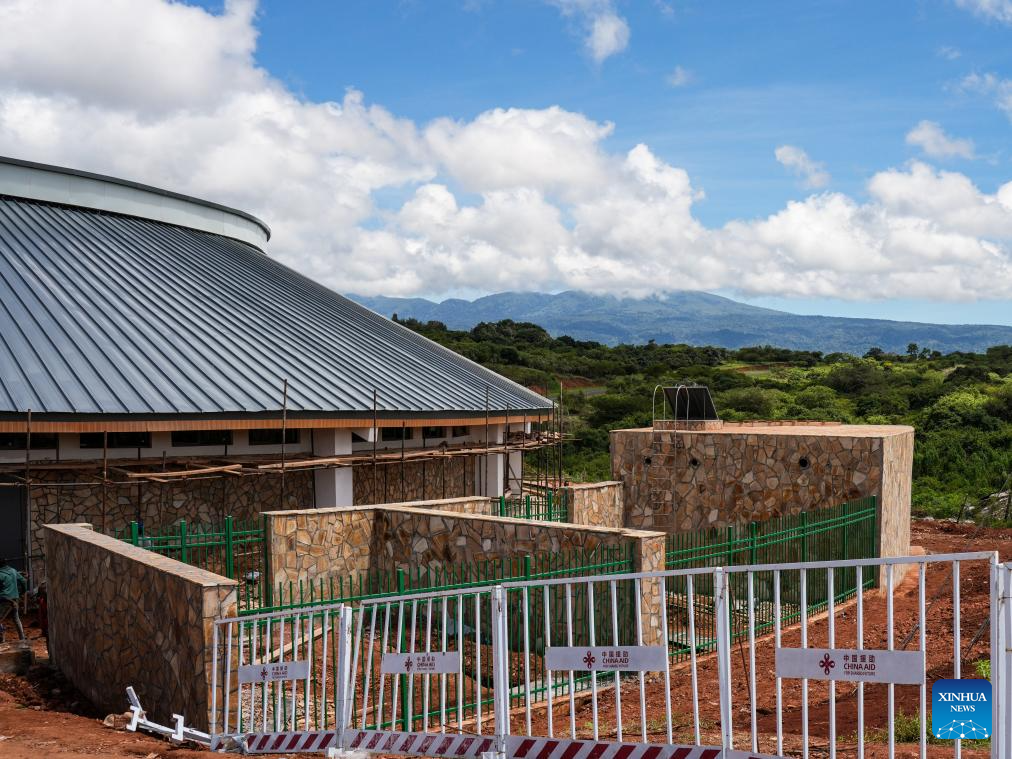
This photo taken on April 26, 2025 shows the construction site of a museum at the Ngorongoro Lengai UNESCO (United Nations Educational, Scientific and Cultural Organization) Global Geopark in Arusha region, Tanzania. (Xinhua/Li Yahui)
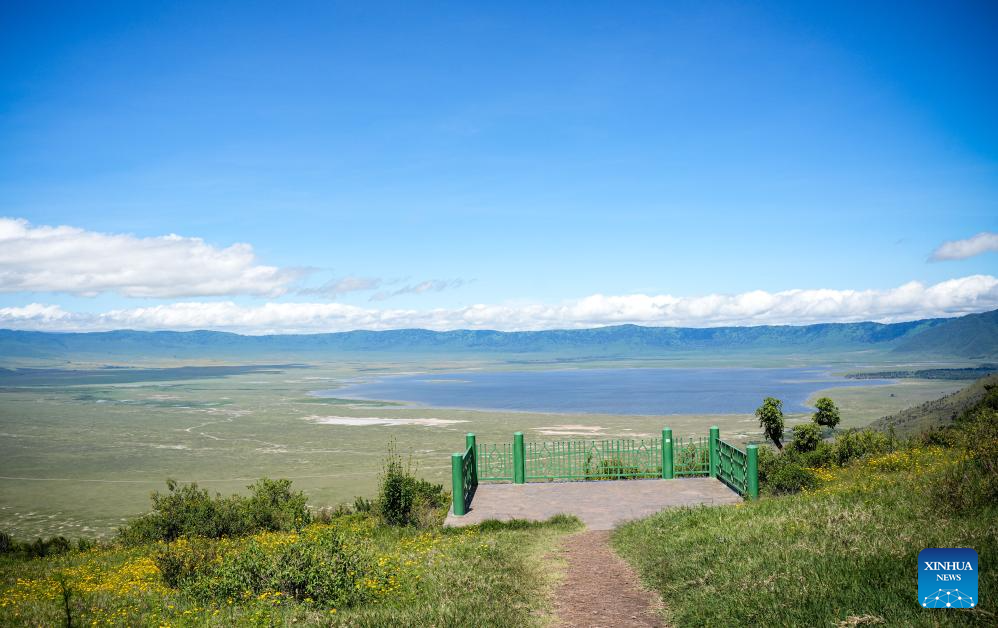
This photo taken on April 26, 2025 shows the view of the Ngorongoro Lengai UNESCO (United Nations Educational, Scientific and Cultural Organization) Global Geopark in Arusha region, Tanzania. (Xinhua/Li Yahui)
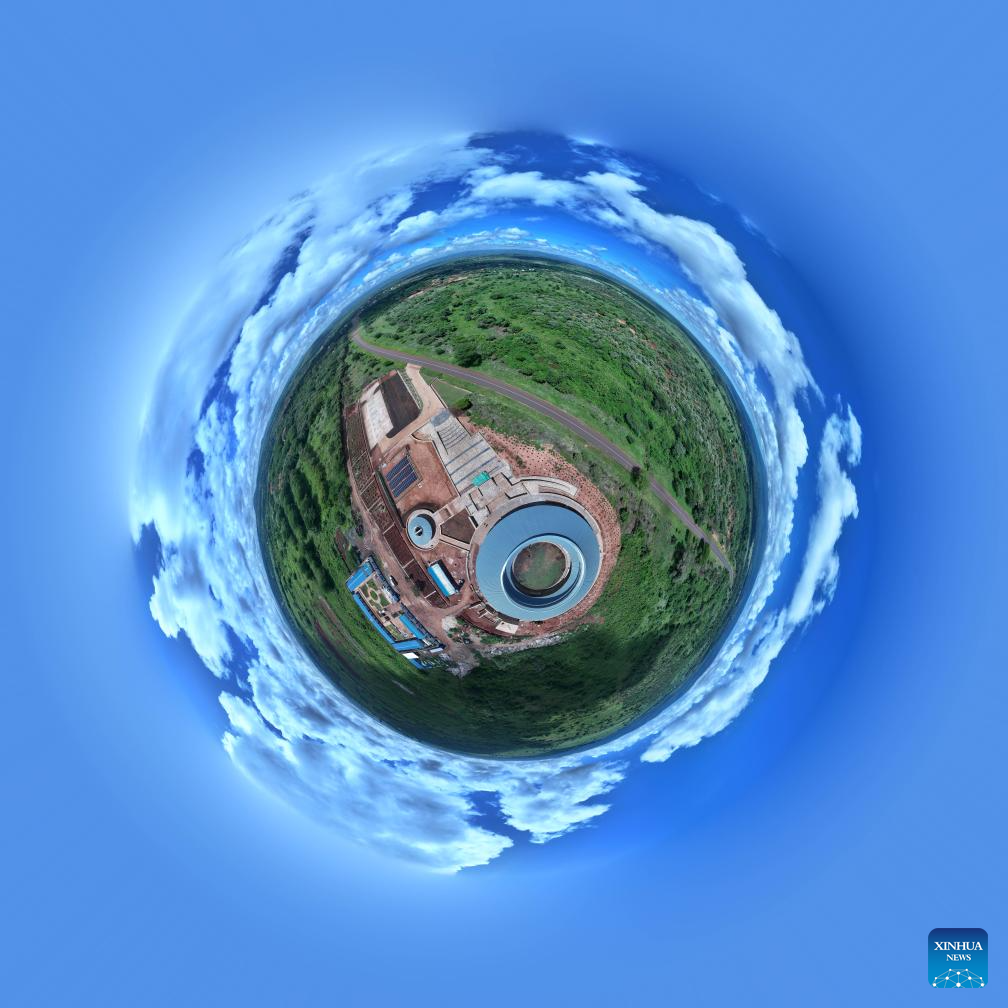
A panoramic drone photo taken on April 26, 2025 shows the construction site of a museum at the Ngorongoro Lengai UNESCO (United Nations Educational, Scientific and Cultural Organization) Global Geopark in Arusha region, Tanzania. (Xinhua/Li Yahui)
